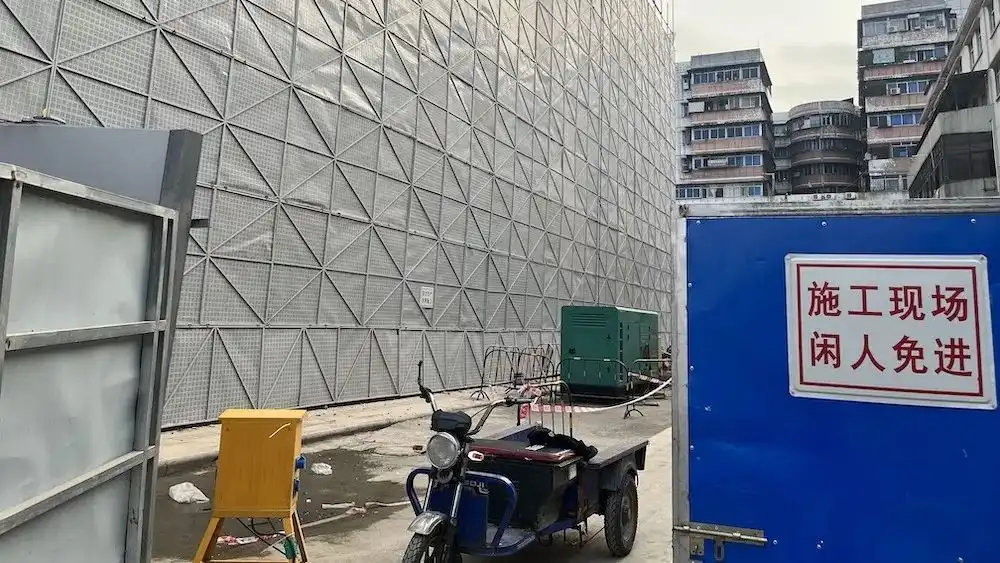Independent renewal of Building 2 of Junji Street:Guangzhou's first owner raised funds and self-demolished and built a dilapidated building
2024.0330

Number of words in this article:3907, reading time is about 7 minutes
introduction:集群街2号楼采取了“原拆原建”自主更新的模式,由居民投入、政府引导激励。
** Author| ** First Finance Wu Mianqiang
Come to Xinhua Market in Huadu District, Guangzhou City, go straight along Xinzhong Road, pass through many dangerous buildings on the right, and you will come to No. 2 Residential Building on Jiji Street. Aunt Wen, a 73-year-old resident here, could never have imagined that the "old and dilapidated" dilapidated house she had lived in for 40 years would be rebuilt into a brand new residential building in the future. According to official data, Building 2 of Junji Street was built in the 1970s. It is a five-story mixed structure. It is of a relatively old building and has serious damage to the house body. It has been previously identified as a Class D dangerous building (i.e., the entire dangerous building). Recently, 10 owners of Building 2 on Junji Street raised millions of yuan to thoroughly "demolish and build" the old building that was already "terminally ill". In the past, demolition may have been a common renovation method for old communities, but Building 2 of Junji Street adopted a "original demolition and original construction" independent renewal model. It is the first project in Guangdong Province, with residents 'input and government guidance and incentives. It is a dilapidated house renovation project funded by owners and self-demolished and built by owners. What difficulties and problems exist during the renovation of Building 2 on Junji Street? What experiences are worth learning from and promoting?
